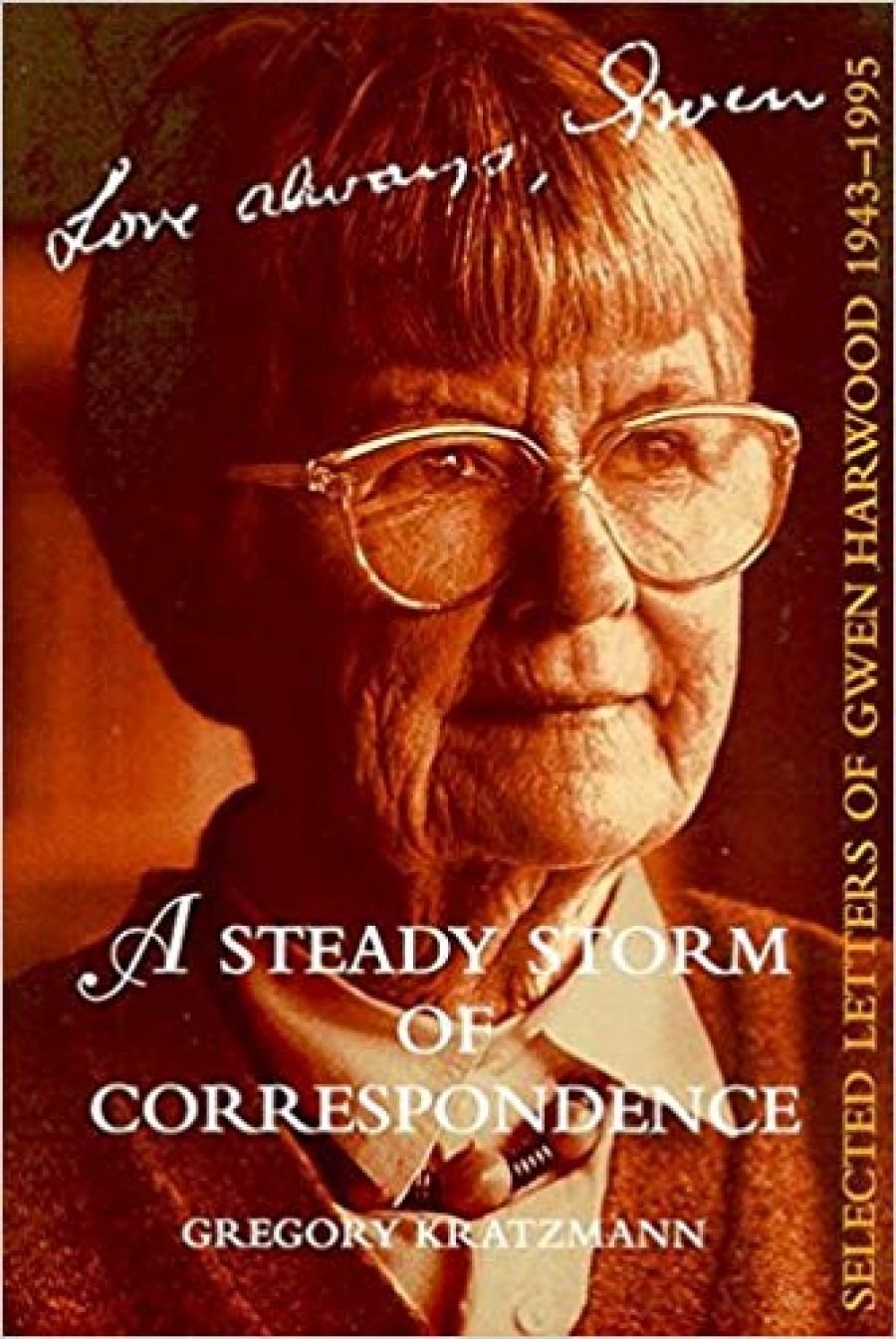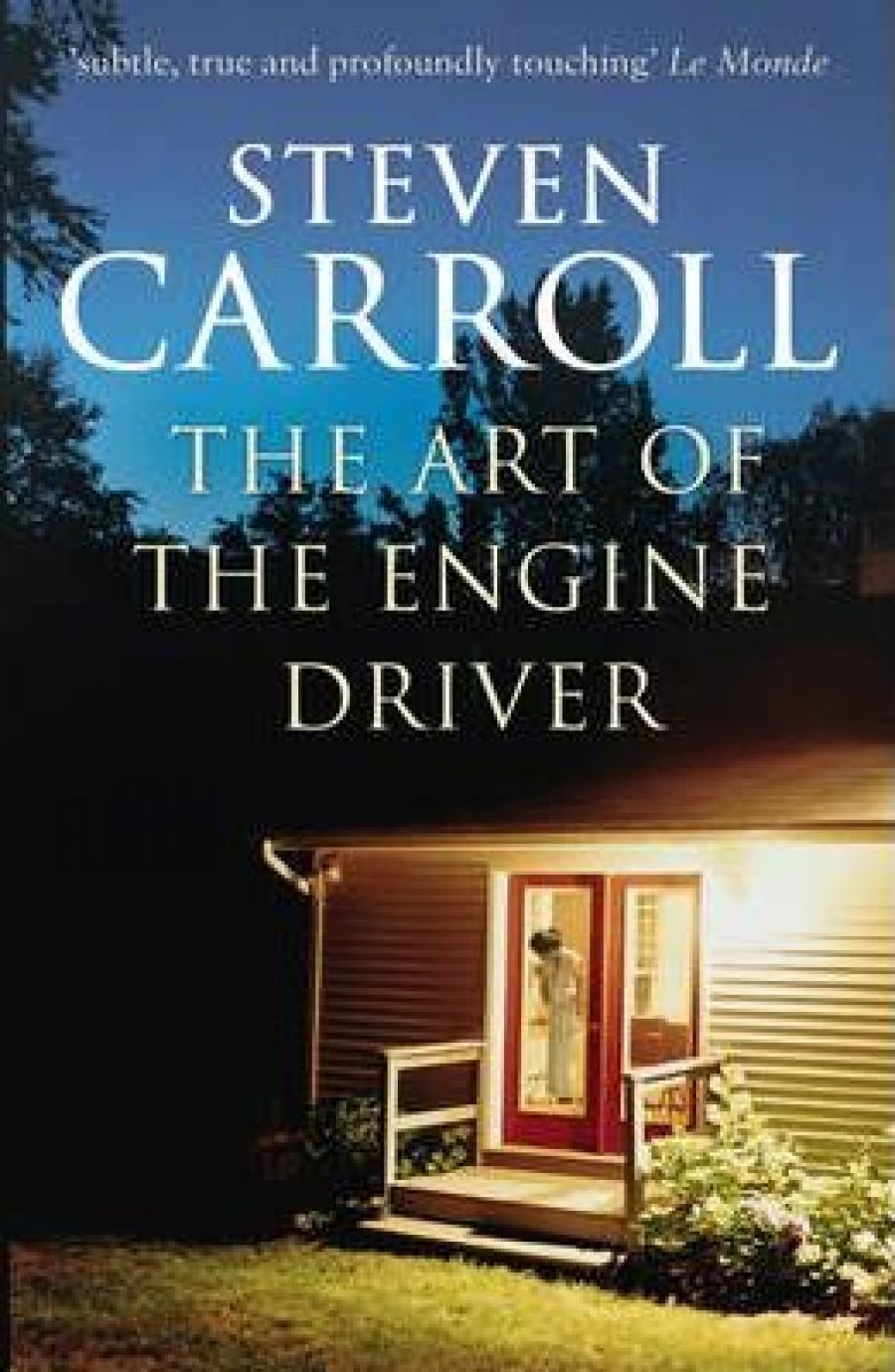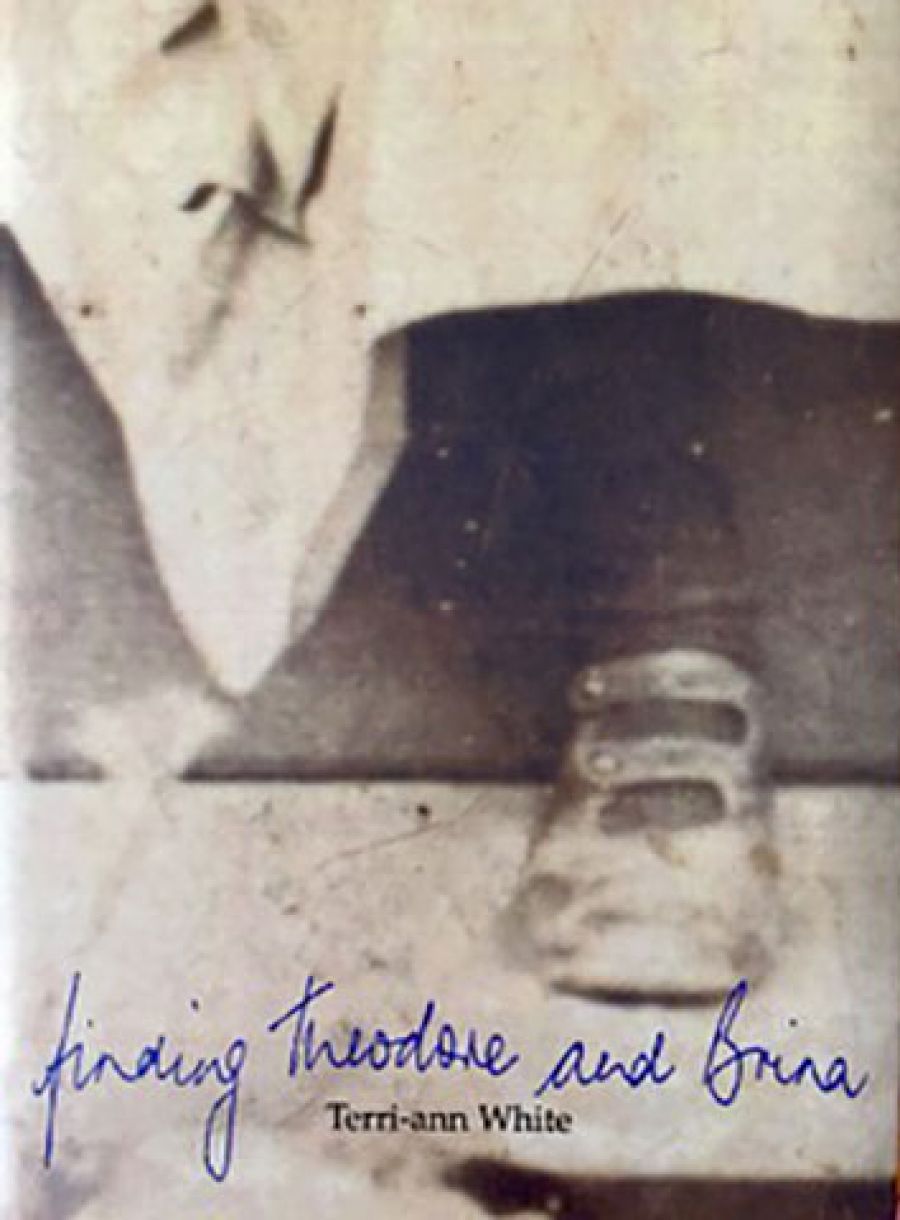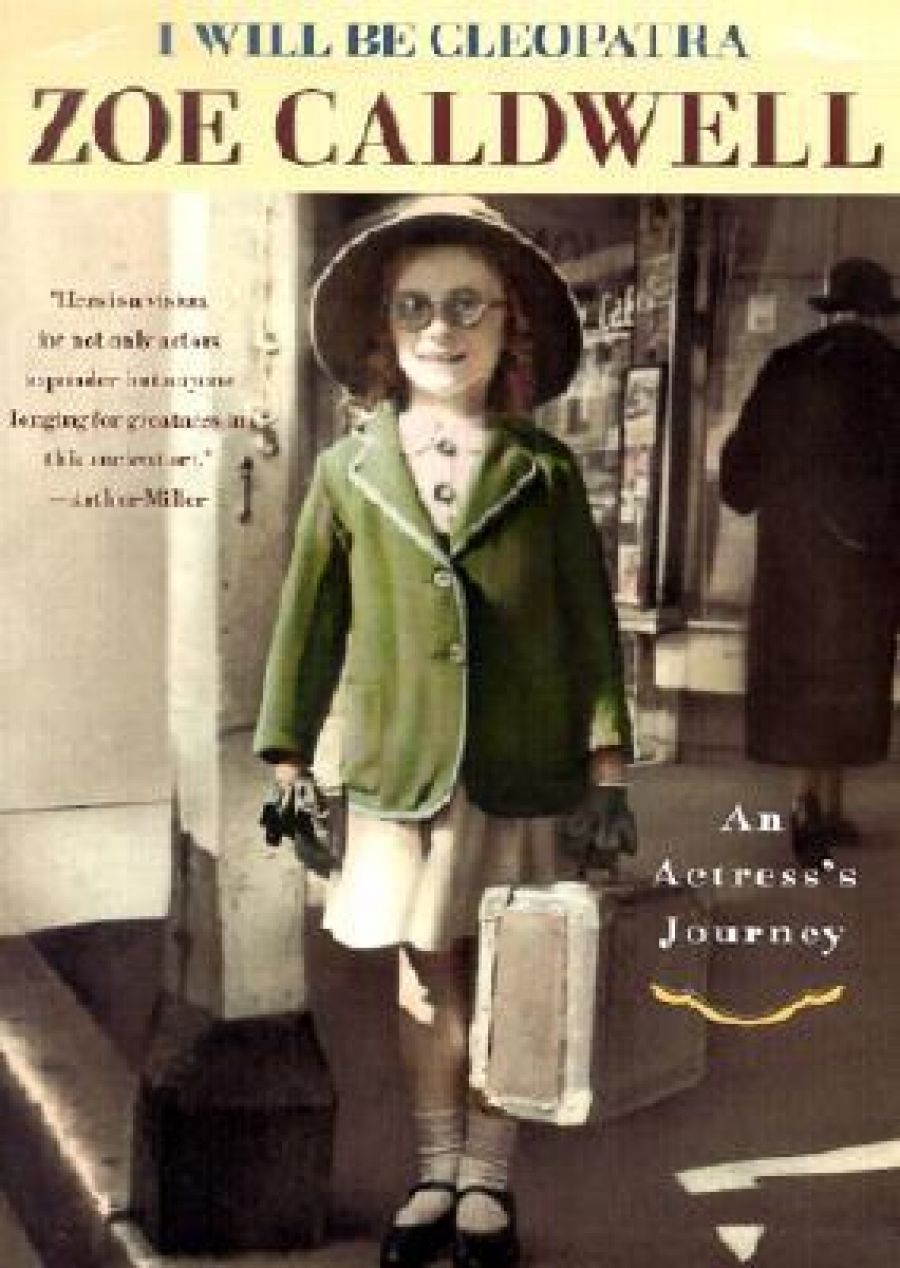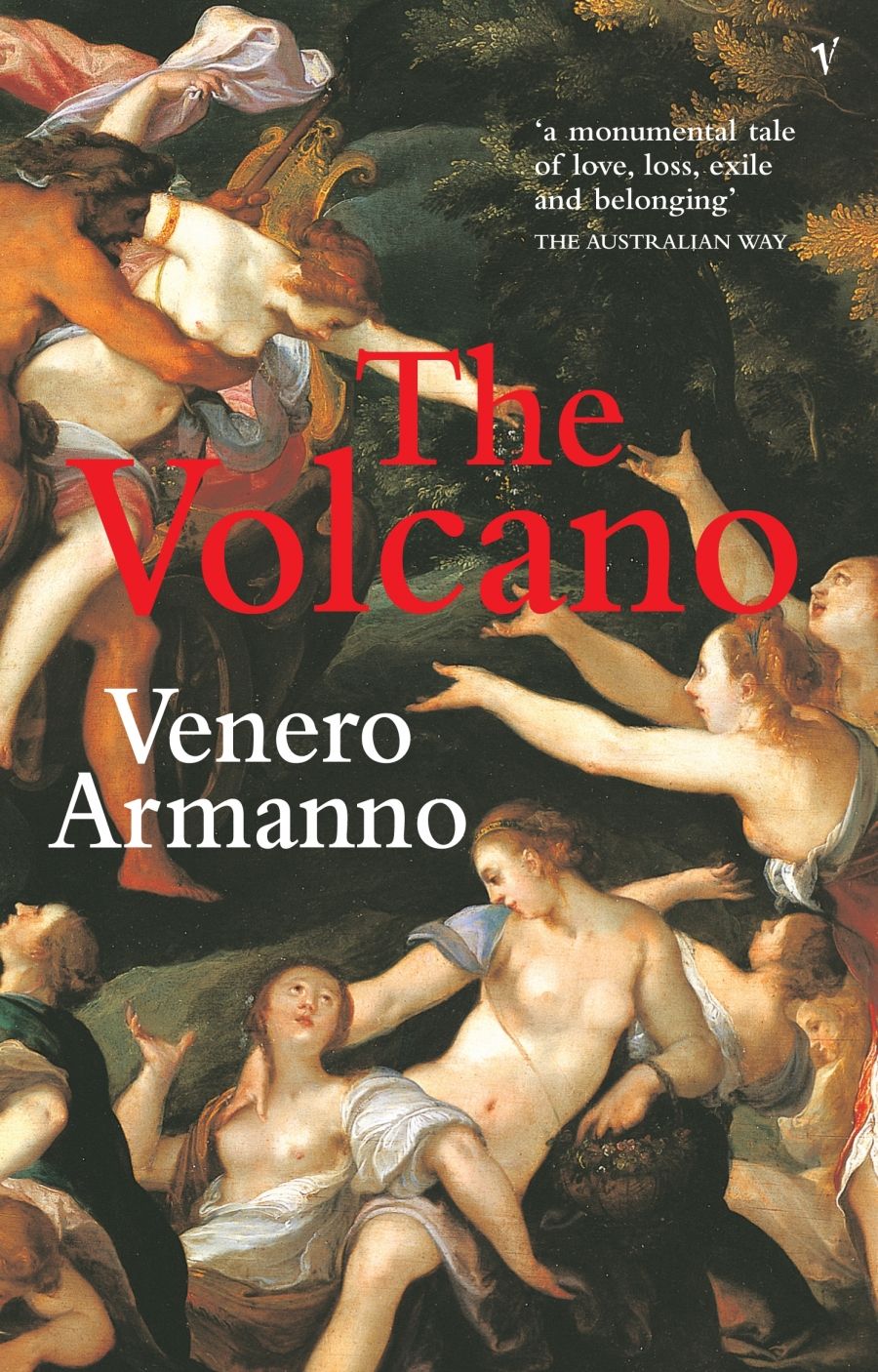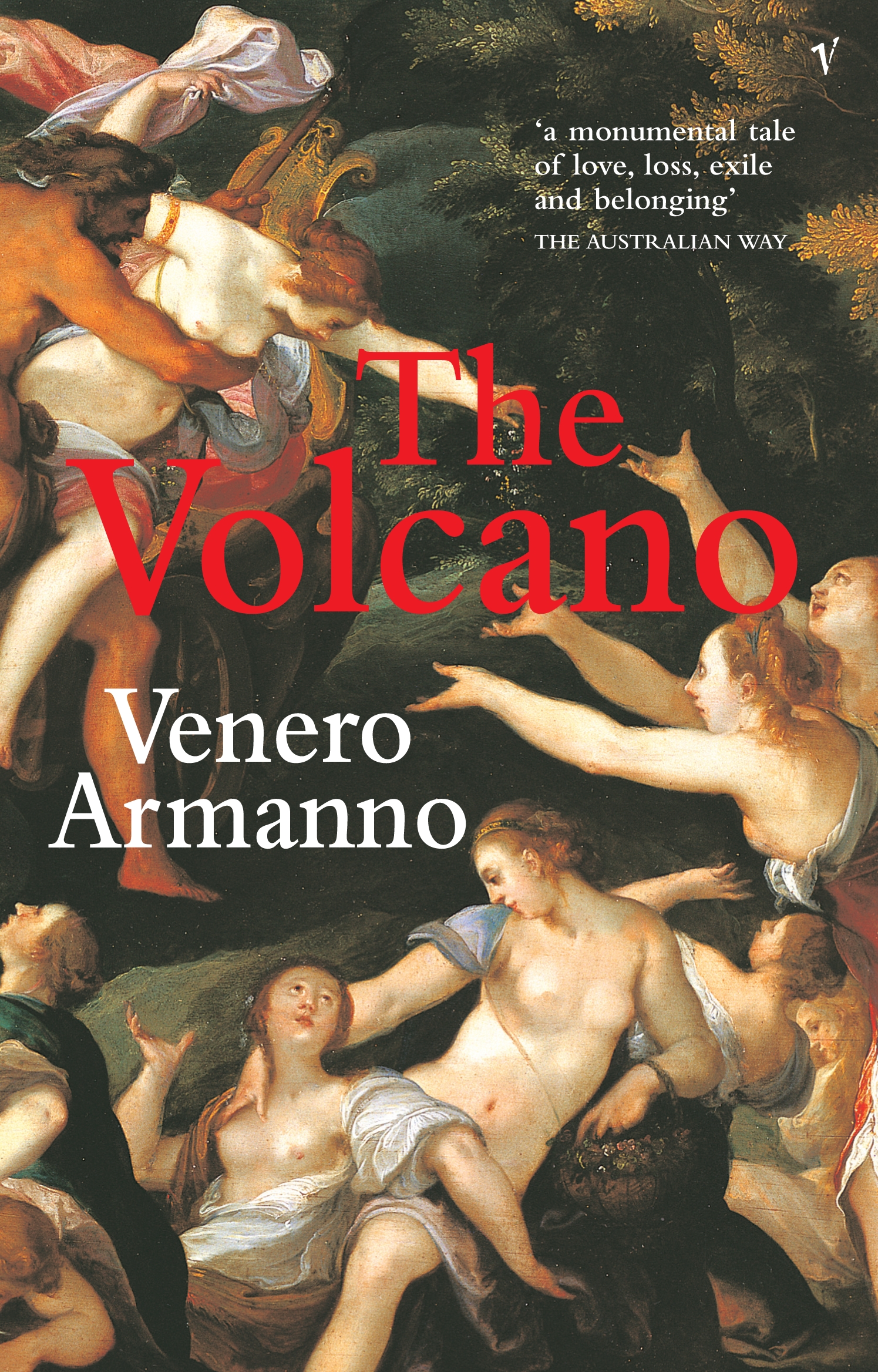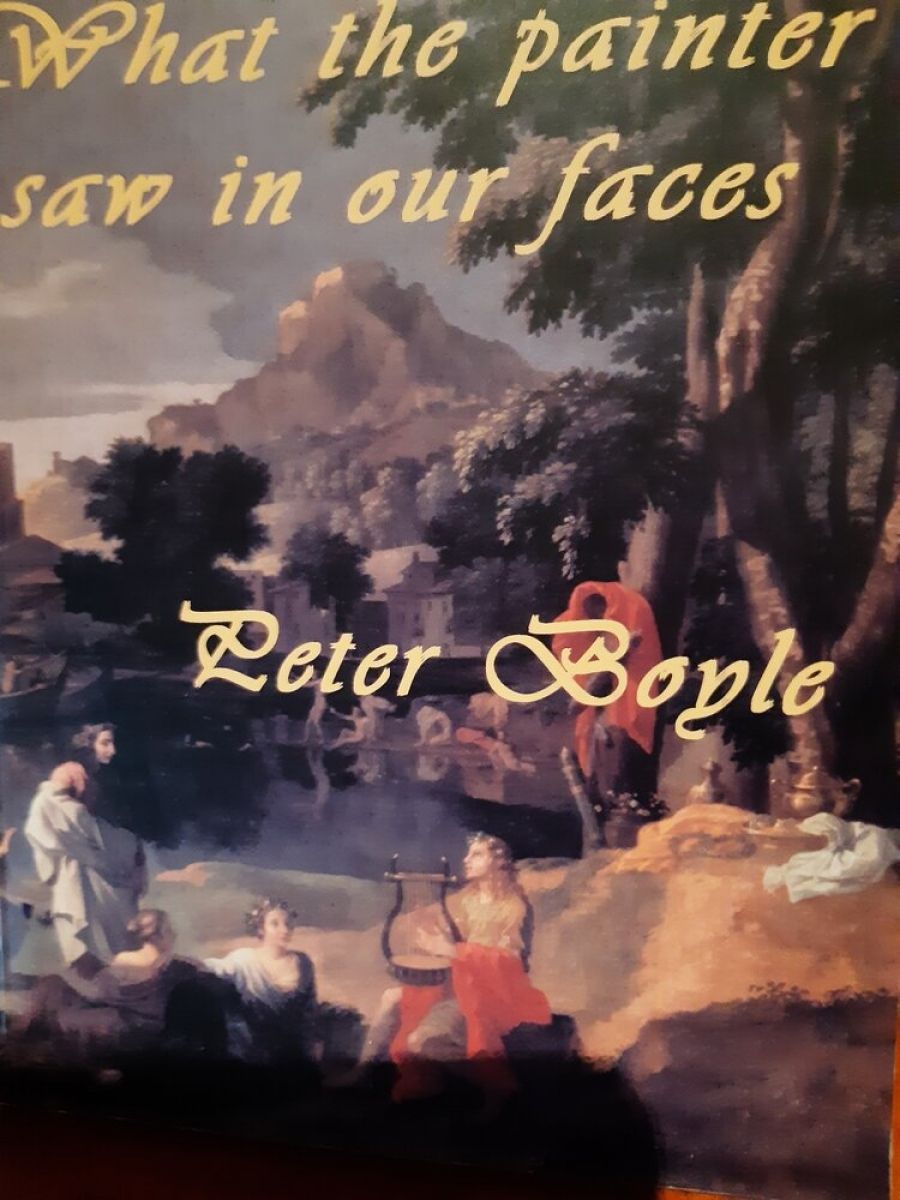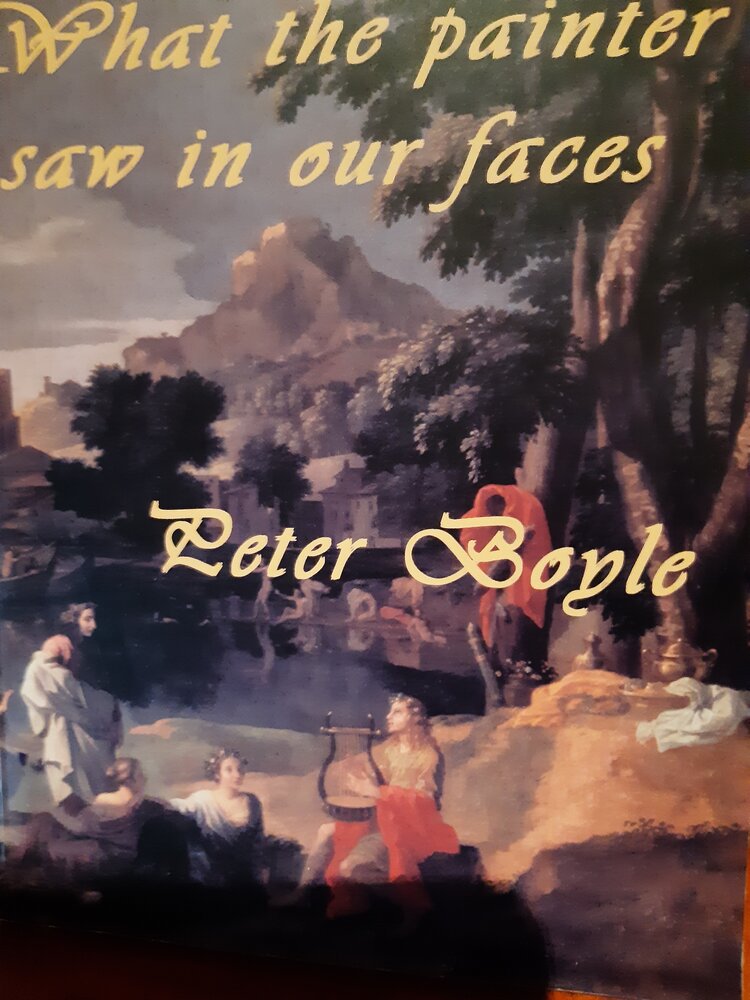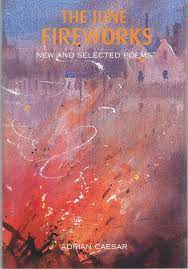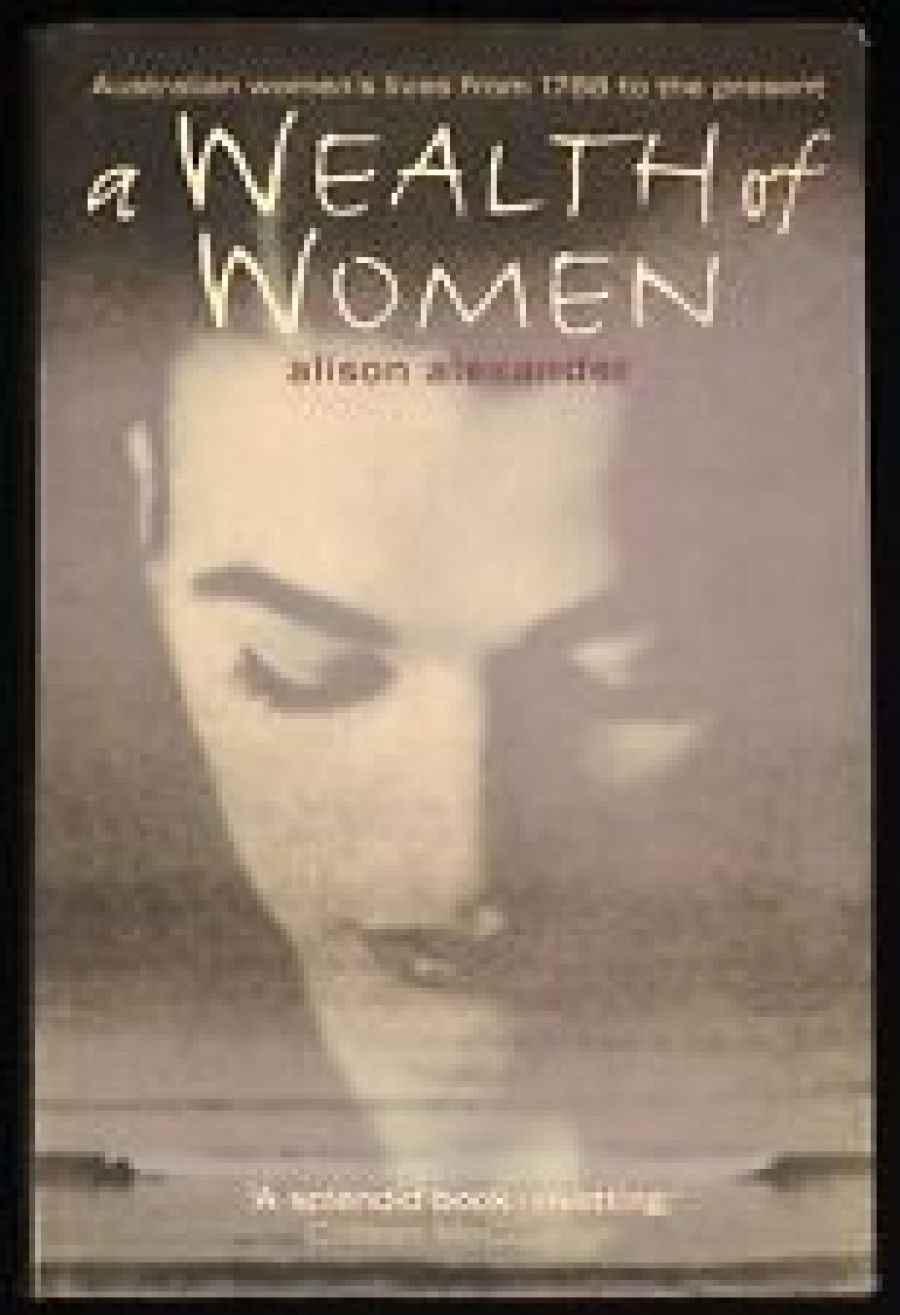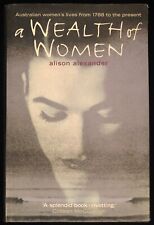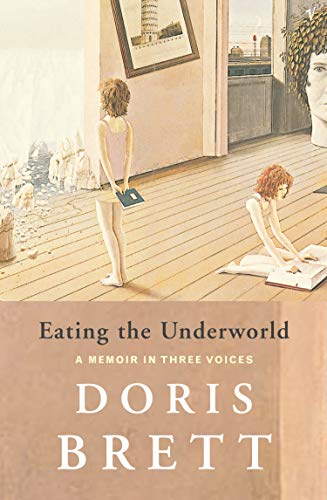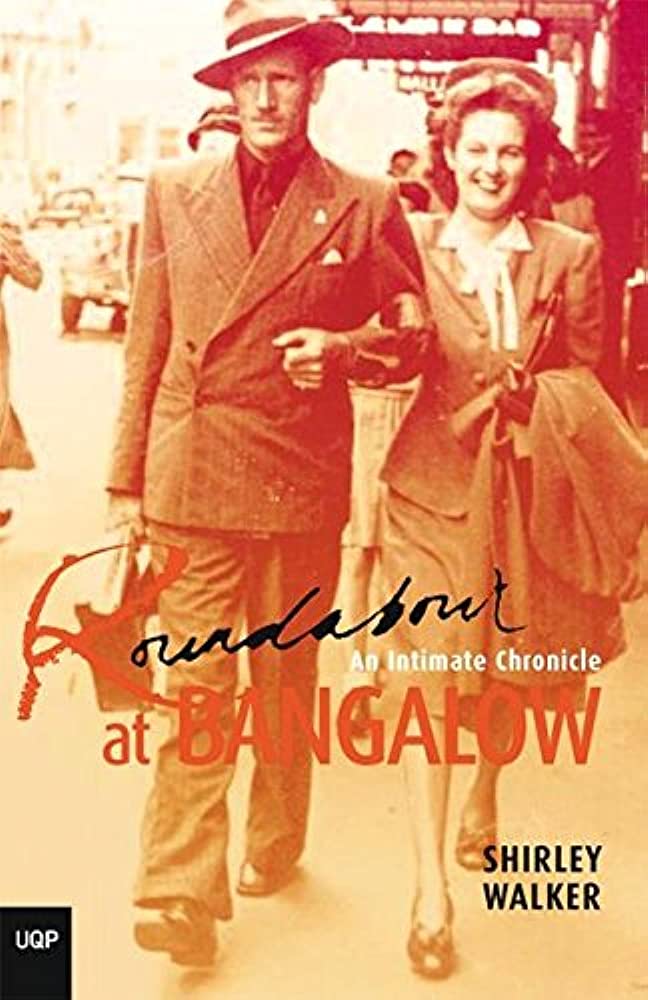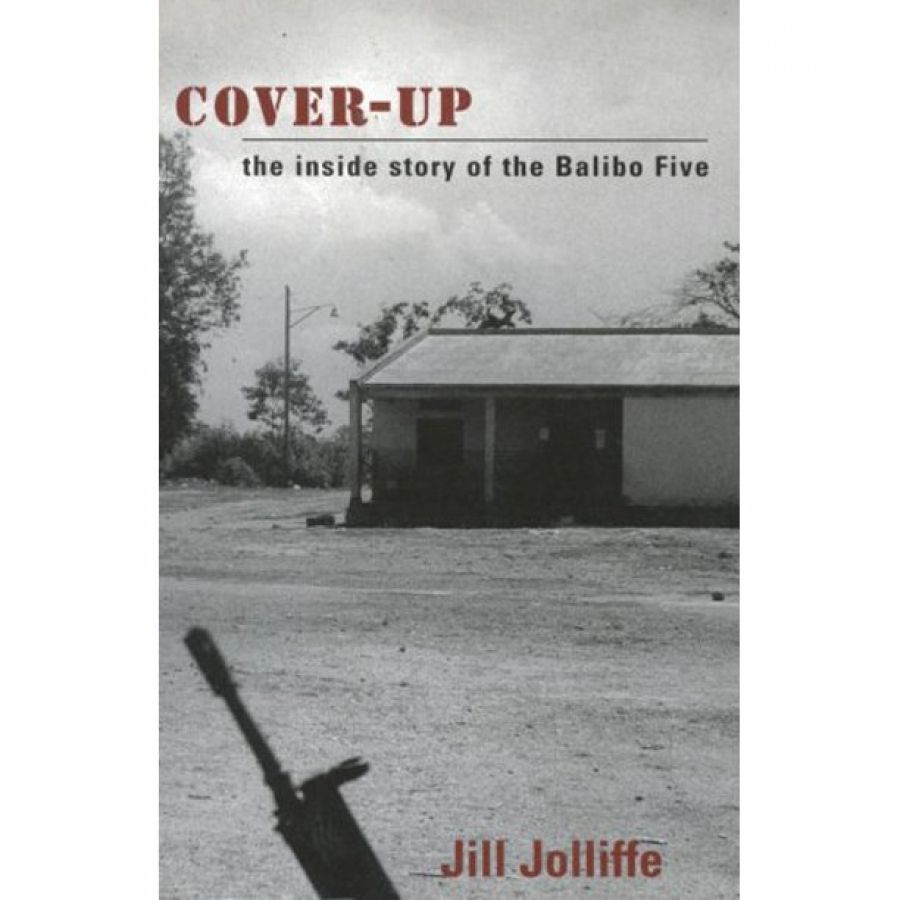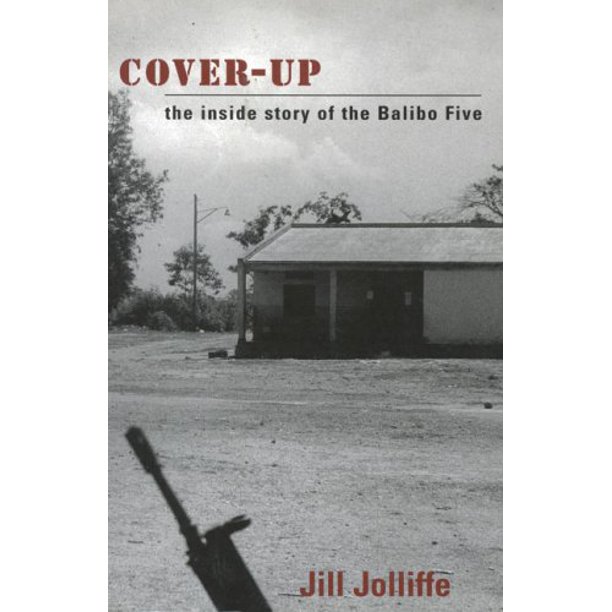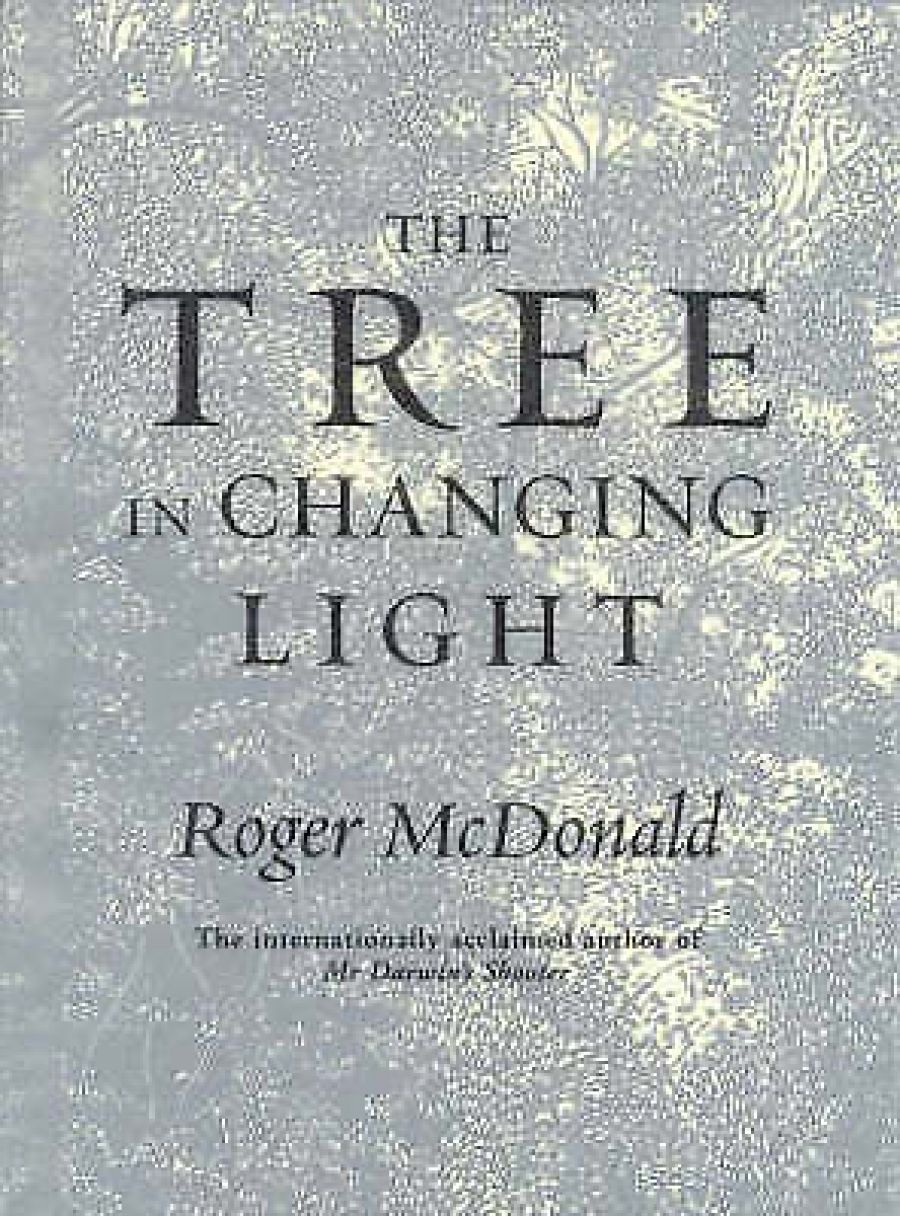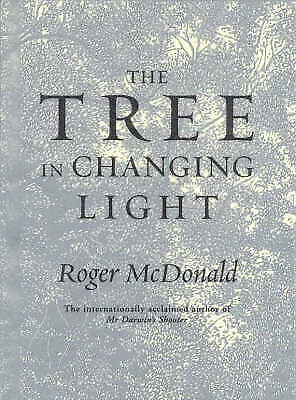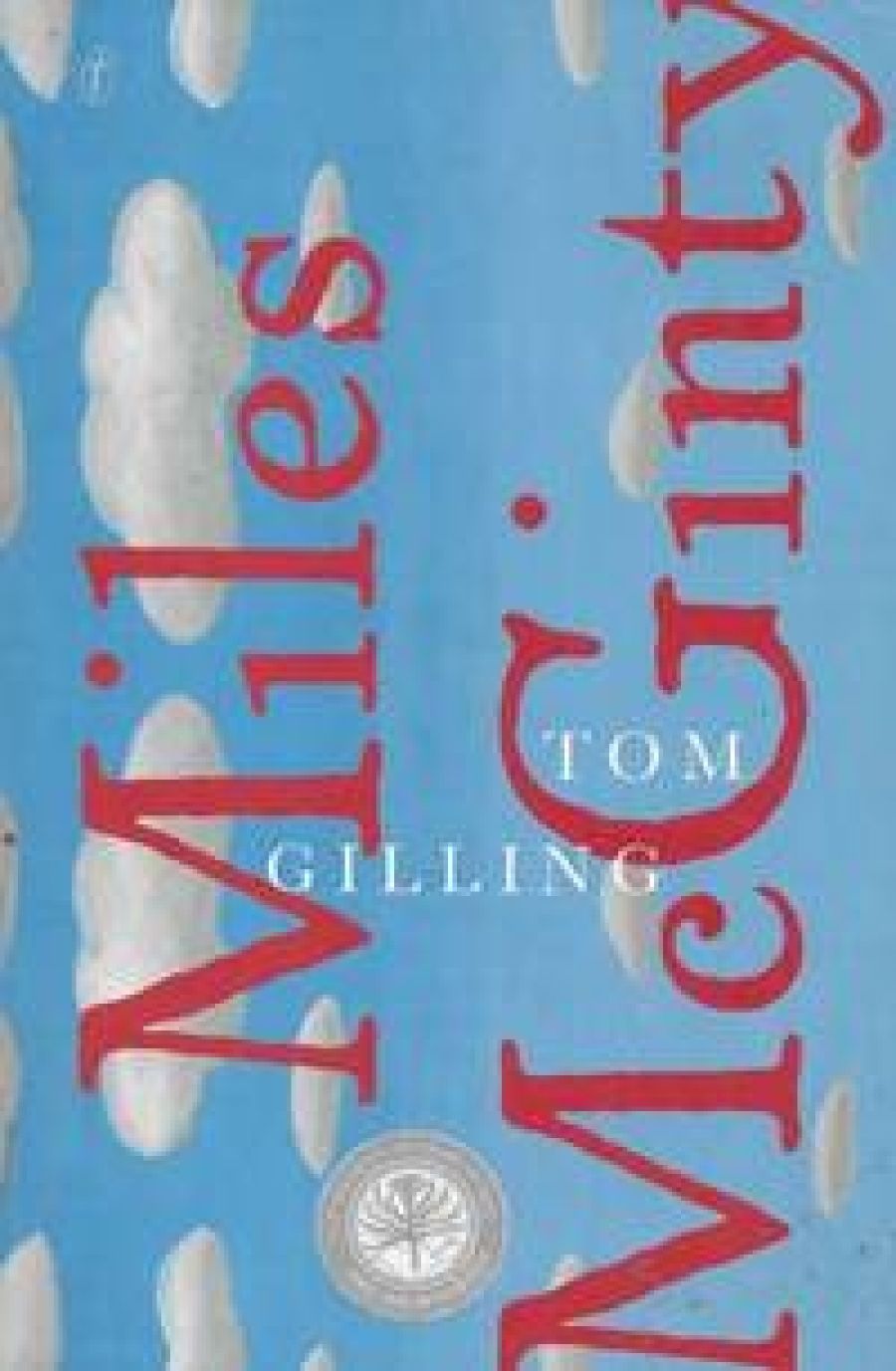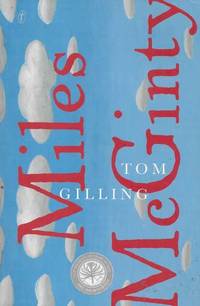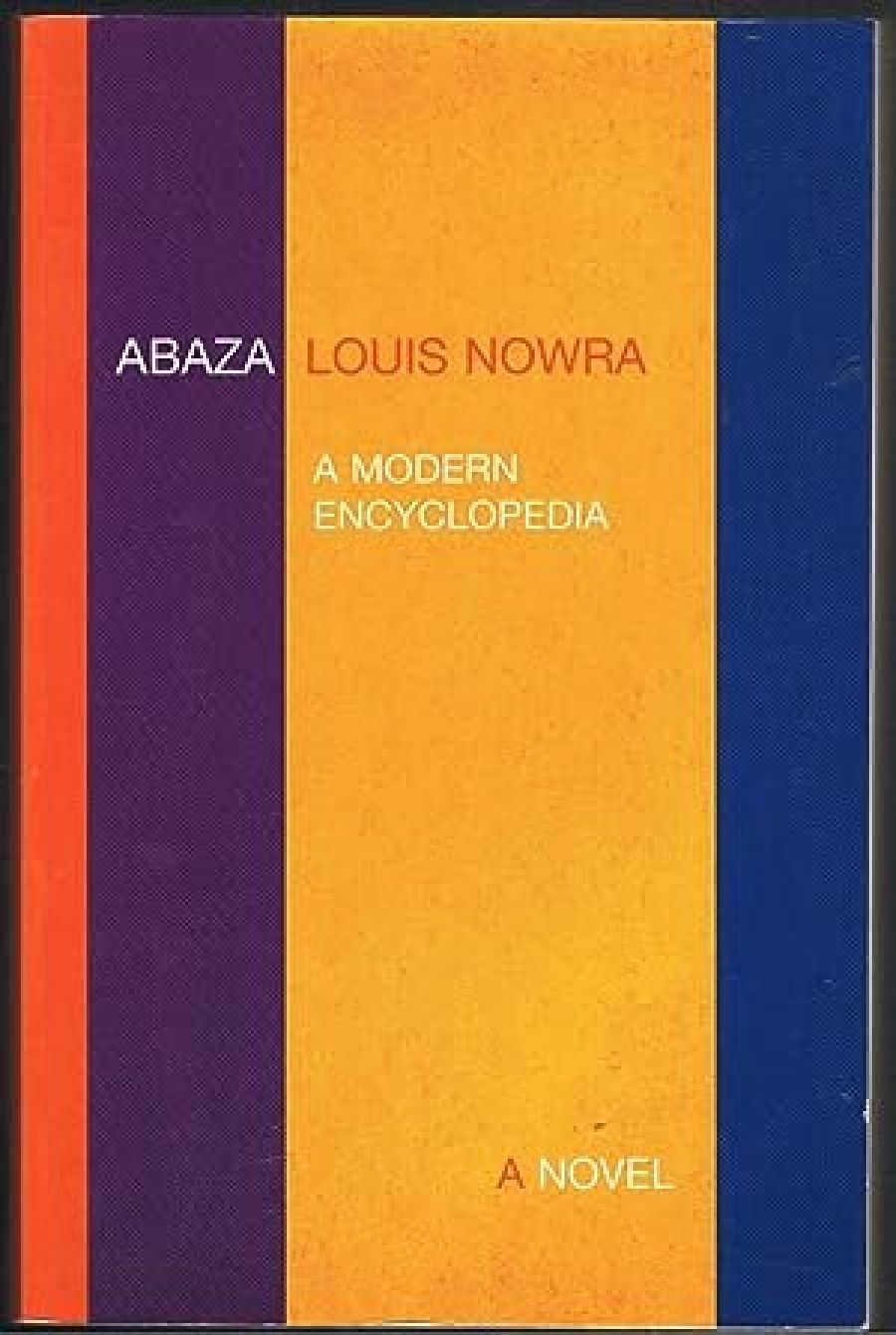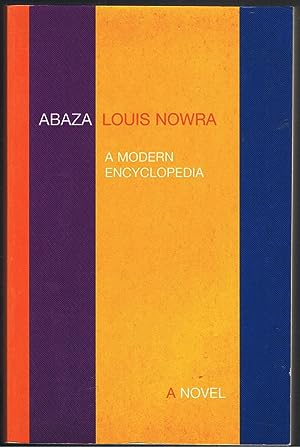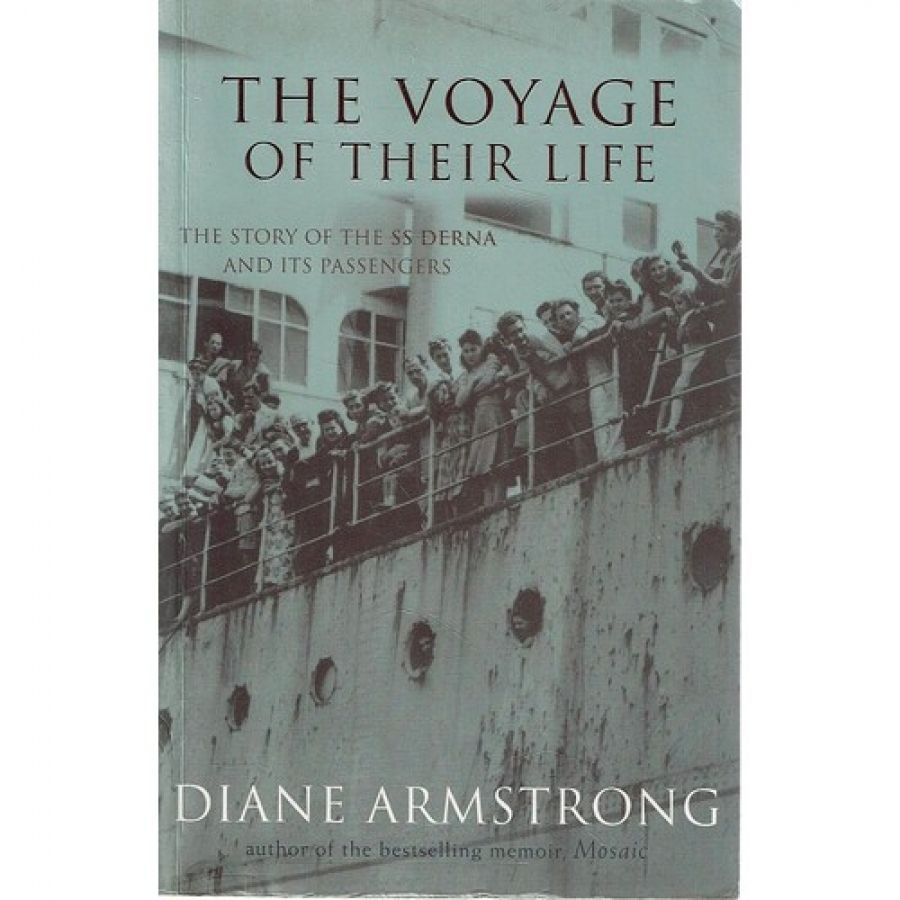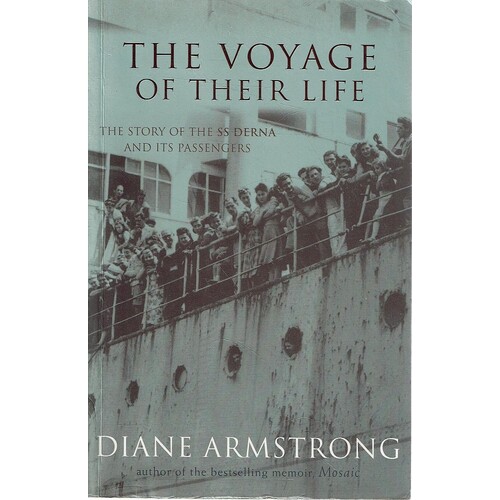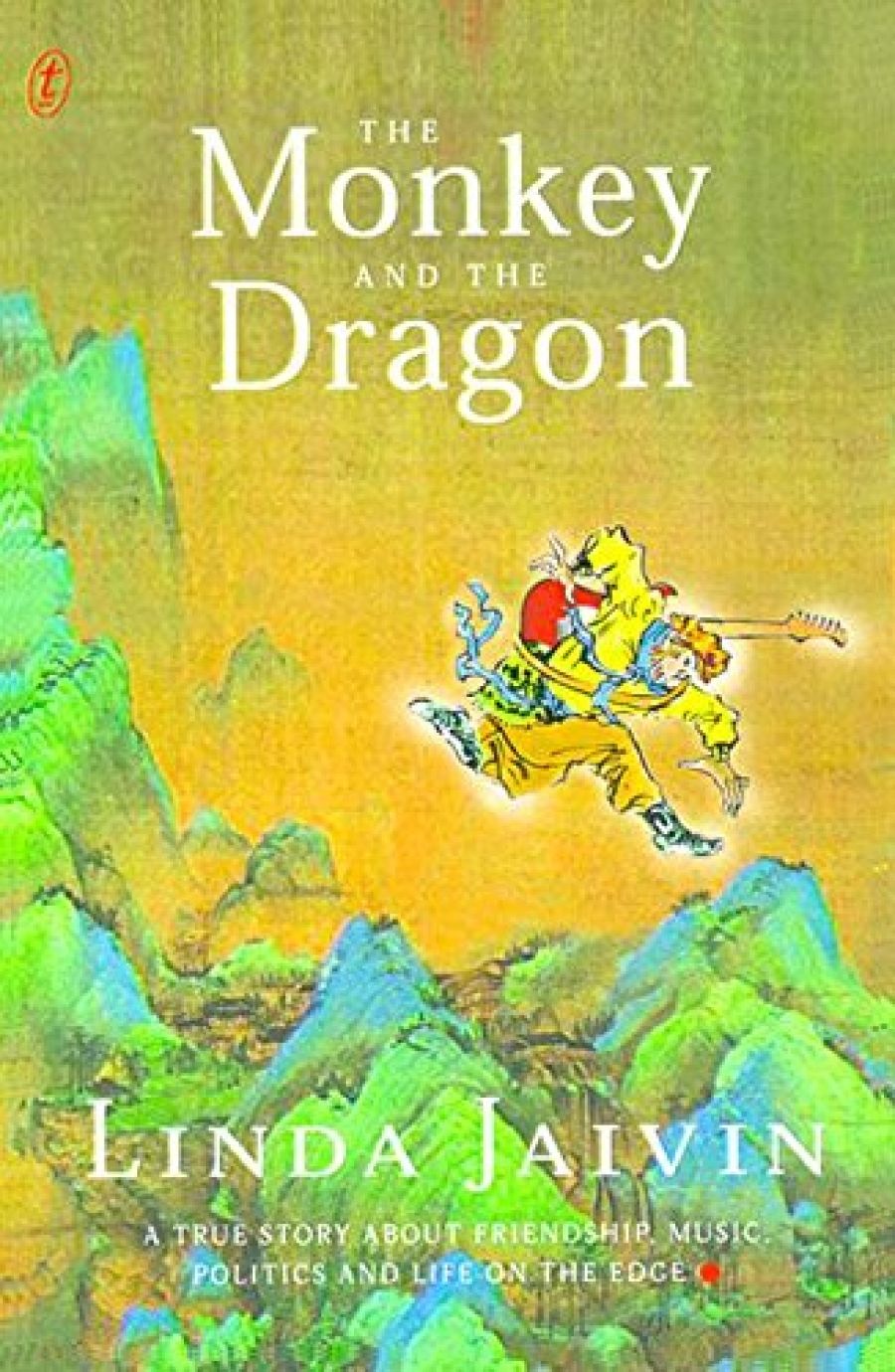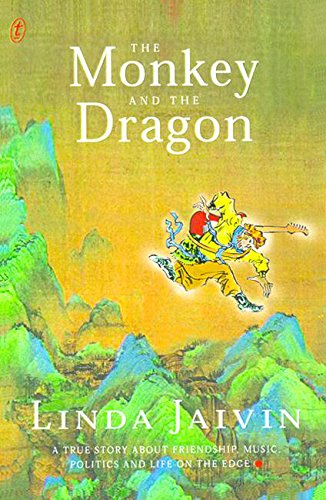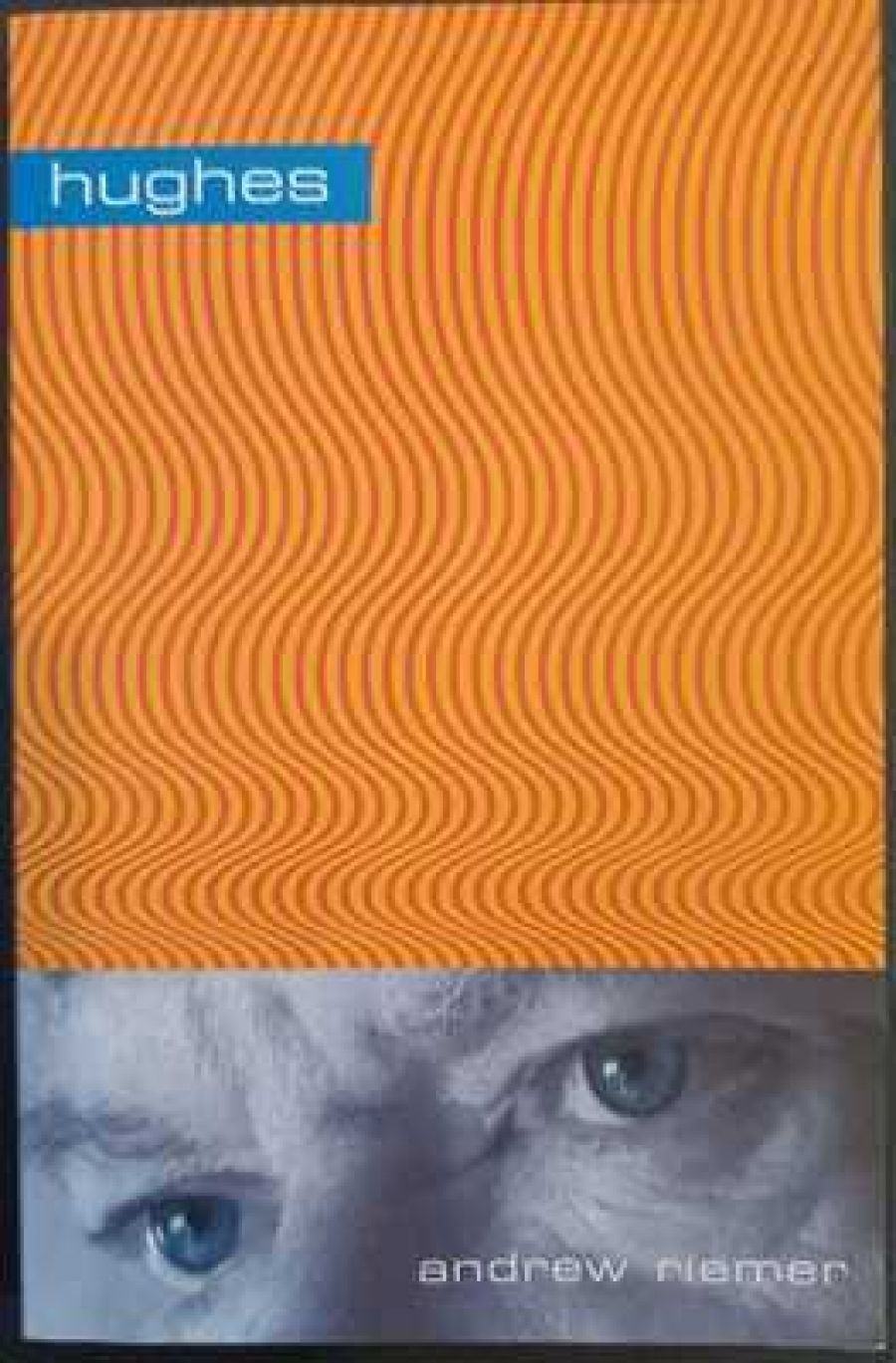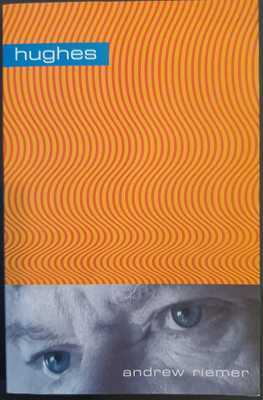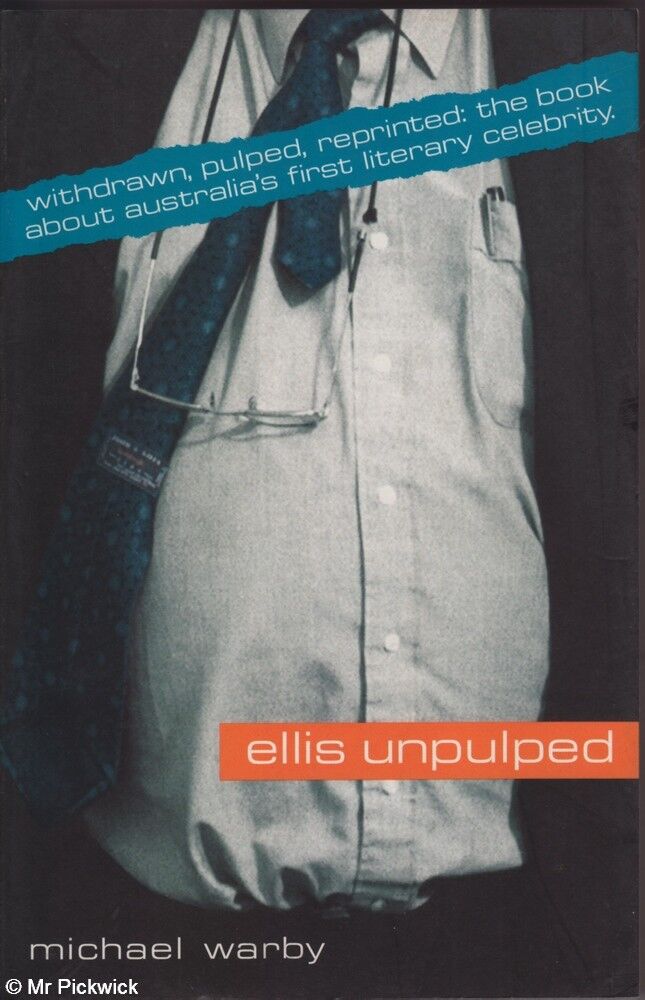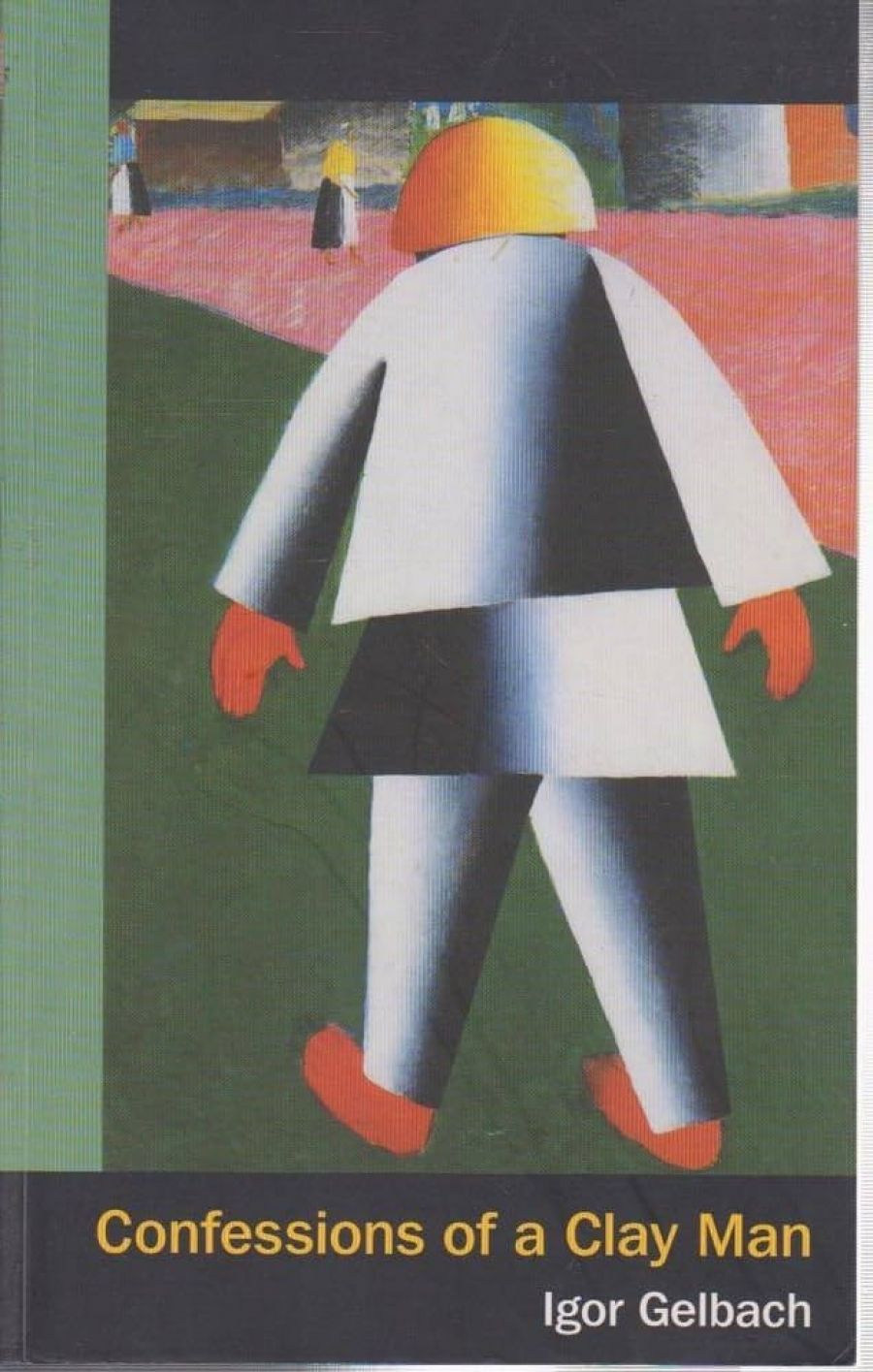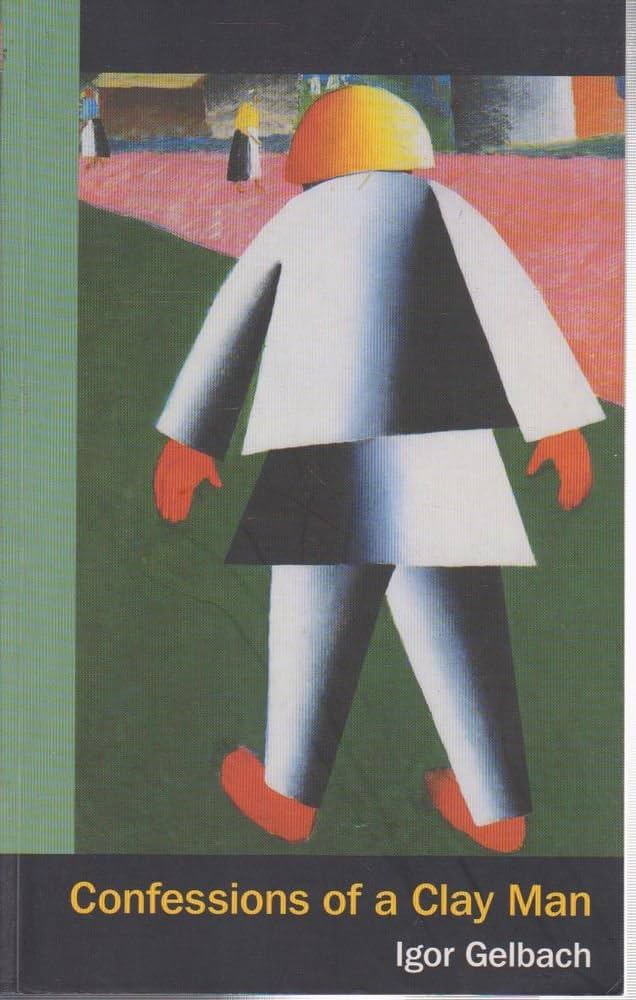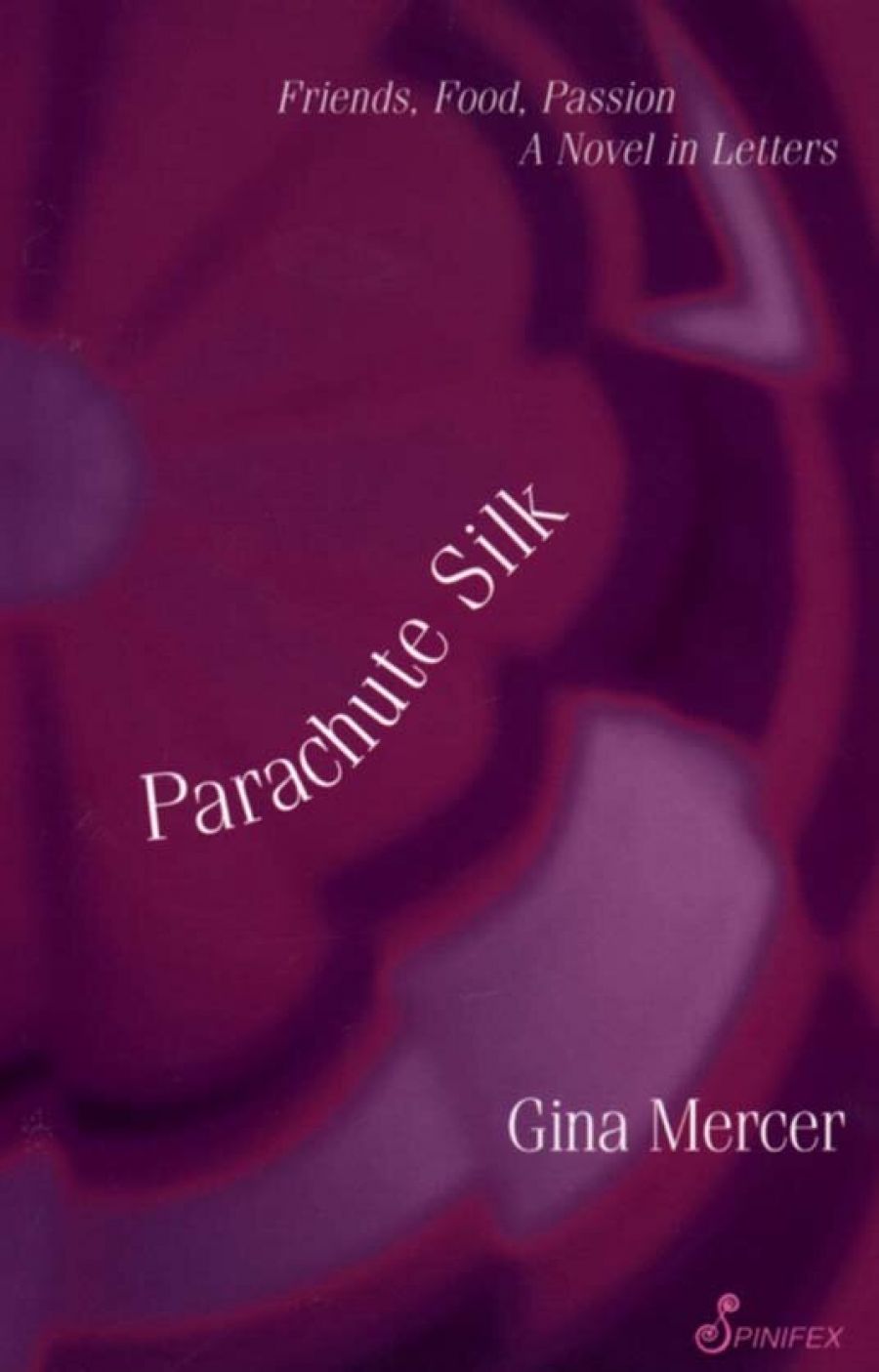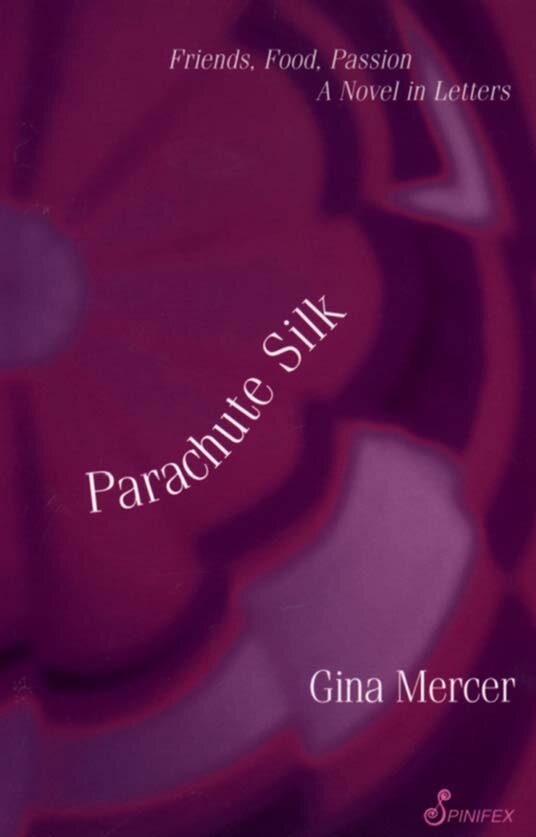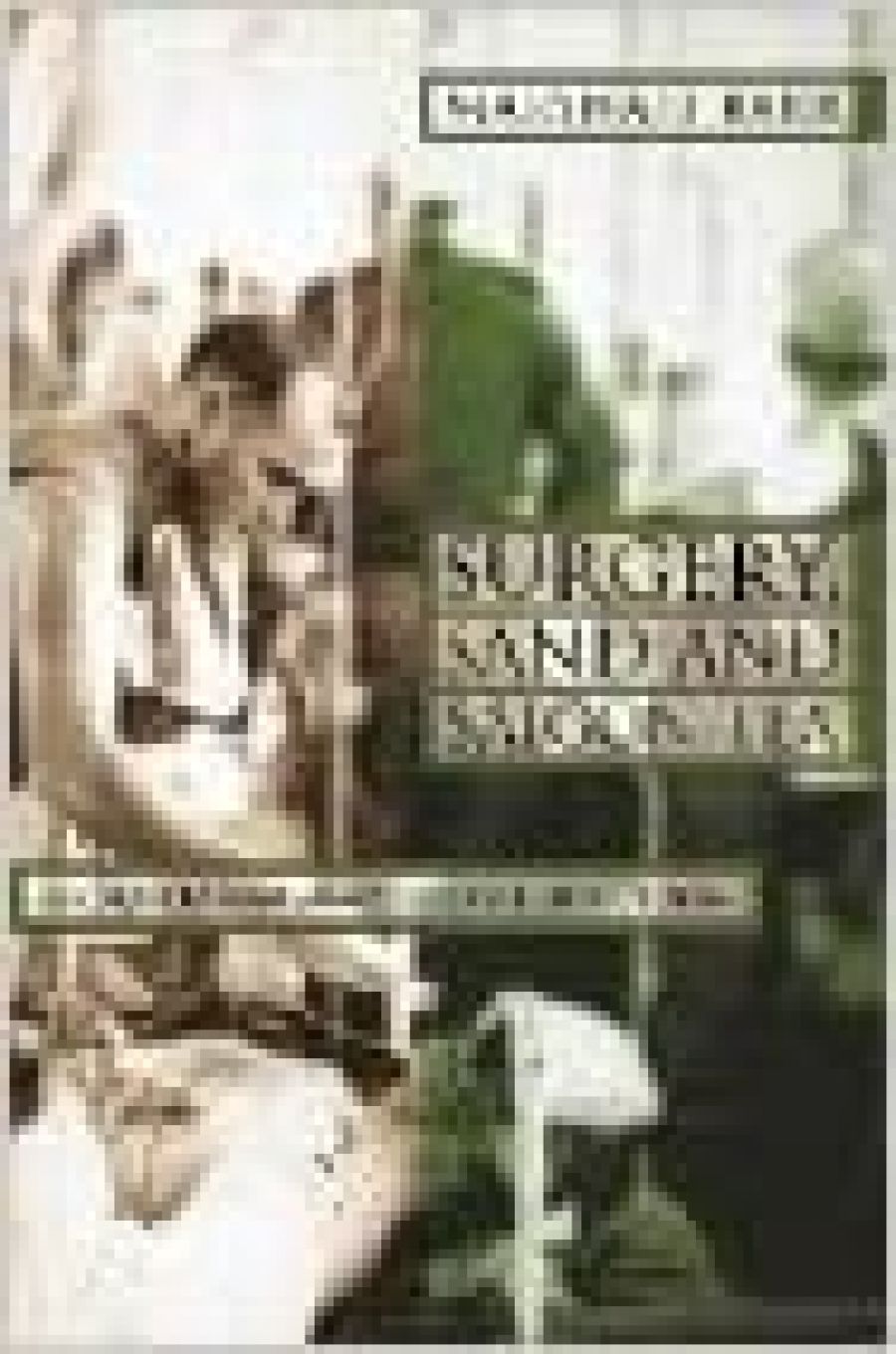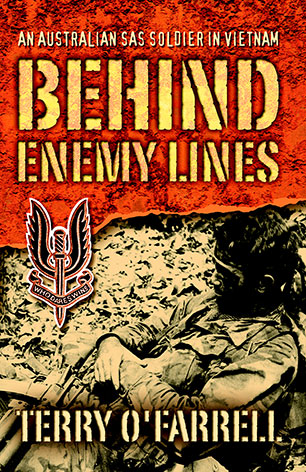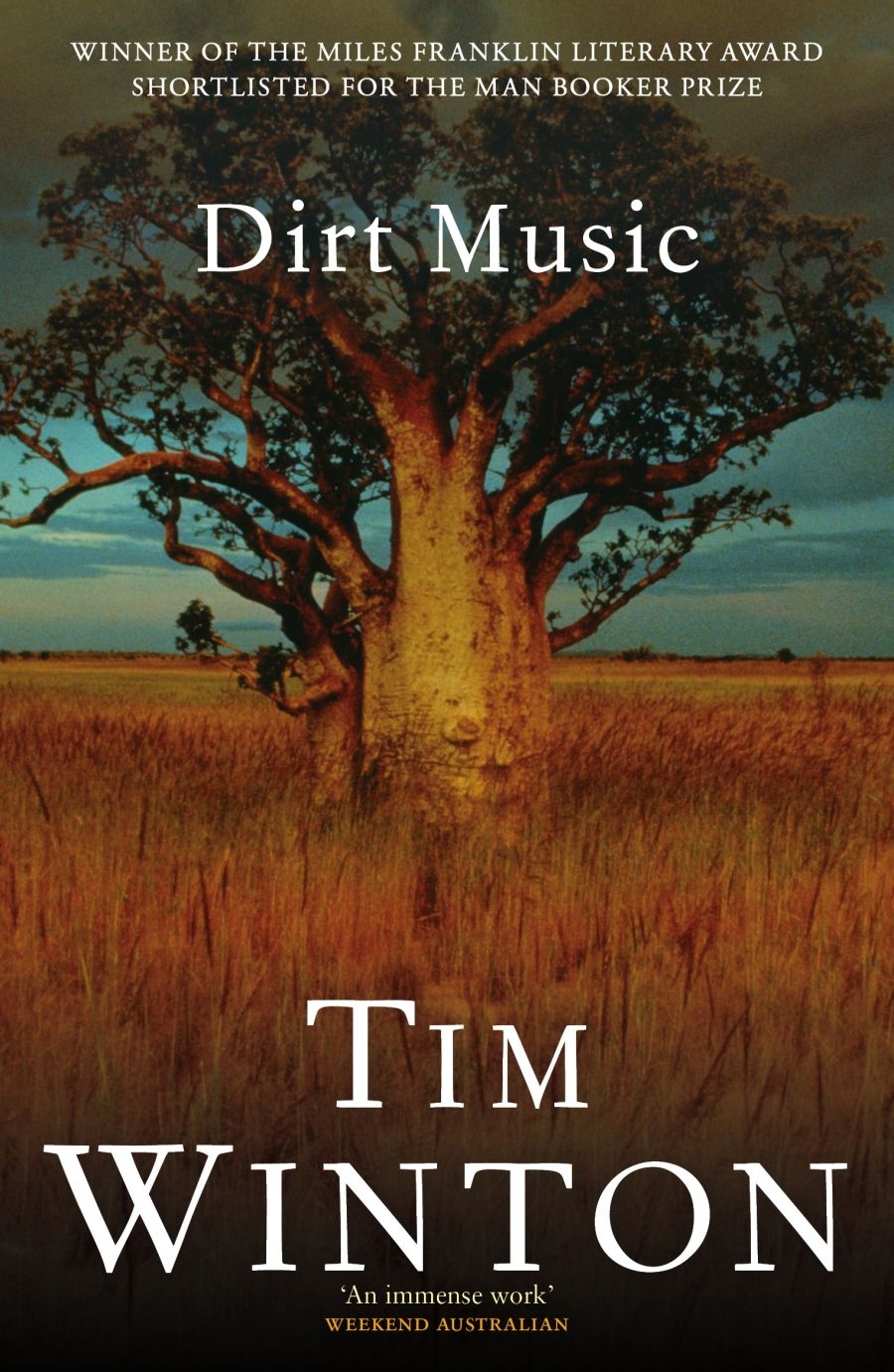
- Free Article: No
- Contents Category: Fiction
- Custom Article Title: Brian McFarlane reviews 'Dirt Music' by Tim Winton
- Review Article: Yes
- Online Only: No
- Custom Highlight Text:
Talk about unlikely associations. My first response to the opening chapter of Tim Winton’s latest novel was how its sense of a life at a standstill, awaiting some new impulse, reminded me of Jane Austen’s Emma. Winton’s protagonist, Georgie Jutland, with a string of unsatisfactory relationships behind her ...
- Book 1 Title: Dirt Music
- Book 1 Biblio: Picador, $45 hb, 461 pp, 0330363239
Talk about unlikely associations. My first response to the opening chapter of Tim Winton’s latest novel was how its sense of a life at a standstill, awaiting some new impulse, reminded me of Jane Austen’s Emma. Winton’s protagonist, Georgie Jutland, with a string of unsatisfactory relationships behind her and bored with her present bloke, Jim Buckridge, her useful life as a nurse now well in the past, sits in front of the computer screen, ‘gone in her seat, like a pensioner at the pokies’. In White Point, the Western Australian ‘personality junkyard’ where she has fetched up, she needs a stimulus (‘recently something in her had leaked away’) as urgently as Austen’s heroine. In both novels, it comes in the form of a new man. After this, it must be said, Dirt Music isn’t much like Emma and it certainly settles for a less conservative dénouement, but the underlying narrative starter has this echo.
Another inapt association. Georgie is forty and unanchored: for the life of me, I couldn’t get Helen Mirren out of my head as I read. Even when I read later that Georgie has a short black helmet-like haircut, it couldn’t displace the image of the tough, intelligent Mirren-type sexiness. (The opposite process, perhaps, from never being able to re-read Women in Love without seeing the film’s black-haired Oliver Reed as the Nordic god, Gerald.) However, the resonance isn’t unhelpful as the wayward Georgie gradually accretes a Mirrenish determination to shape events rather than just let them happen to her.
Read more: Brian McFarlane reviews 'Dirt Music' by Tim Winton
Write comment (0 Comments)

